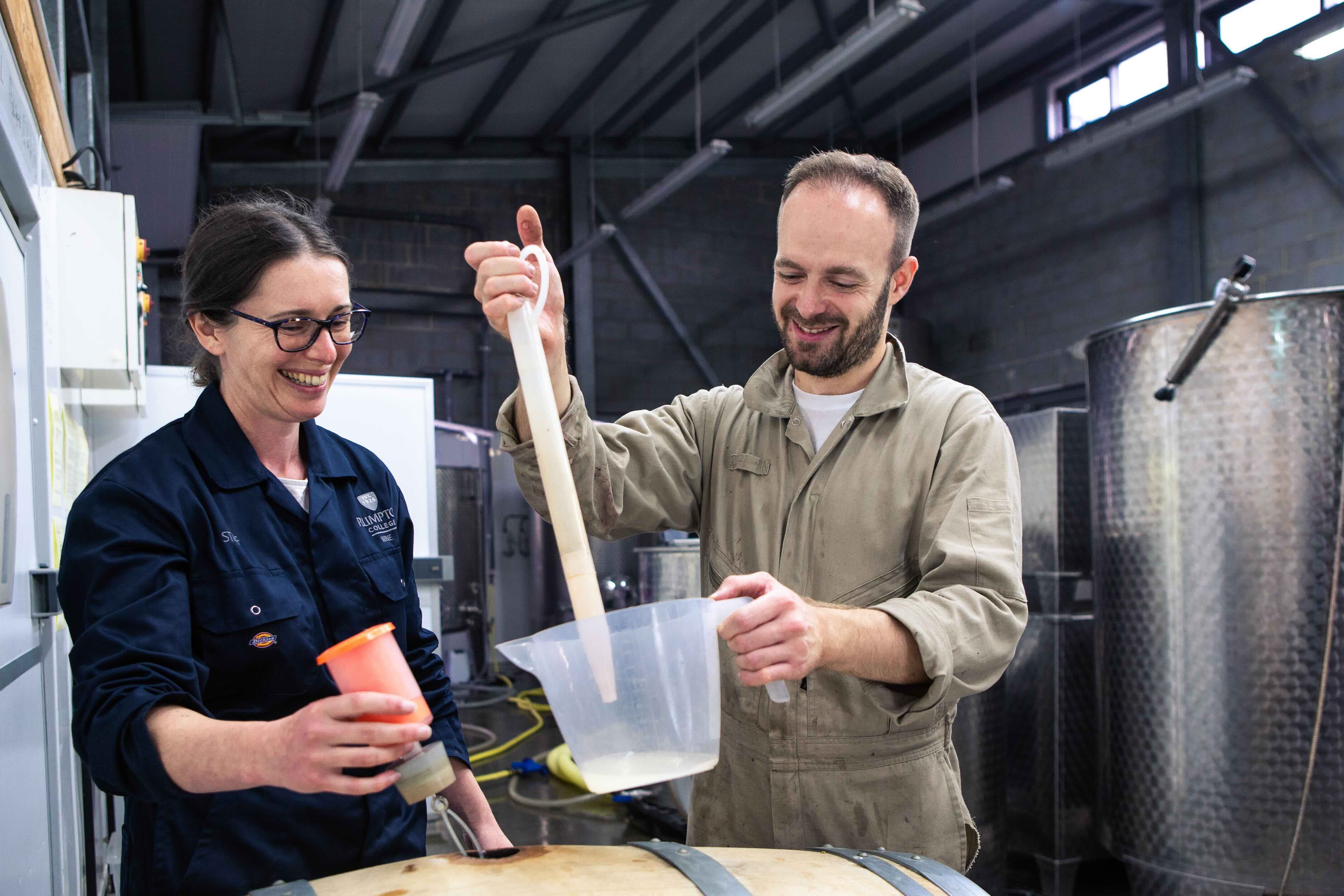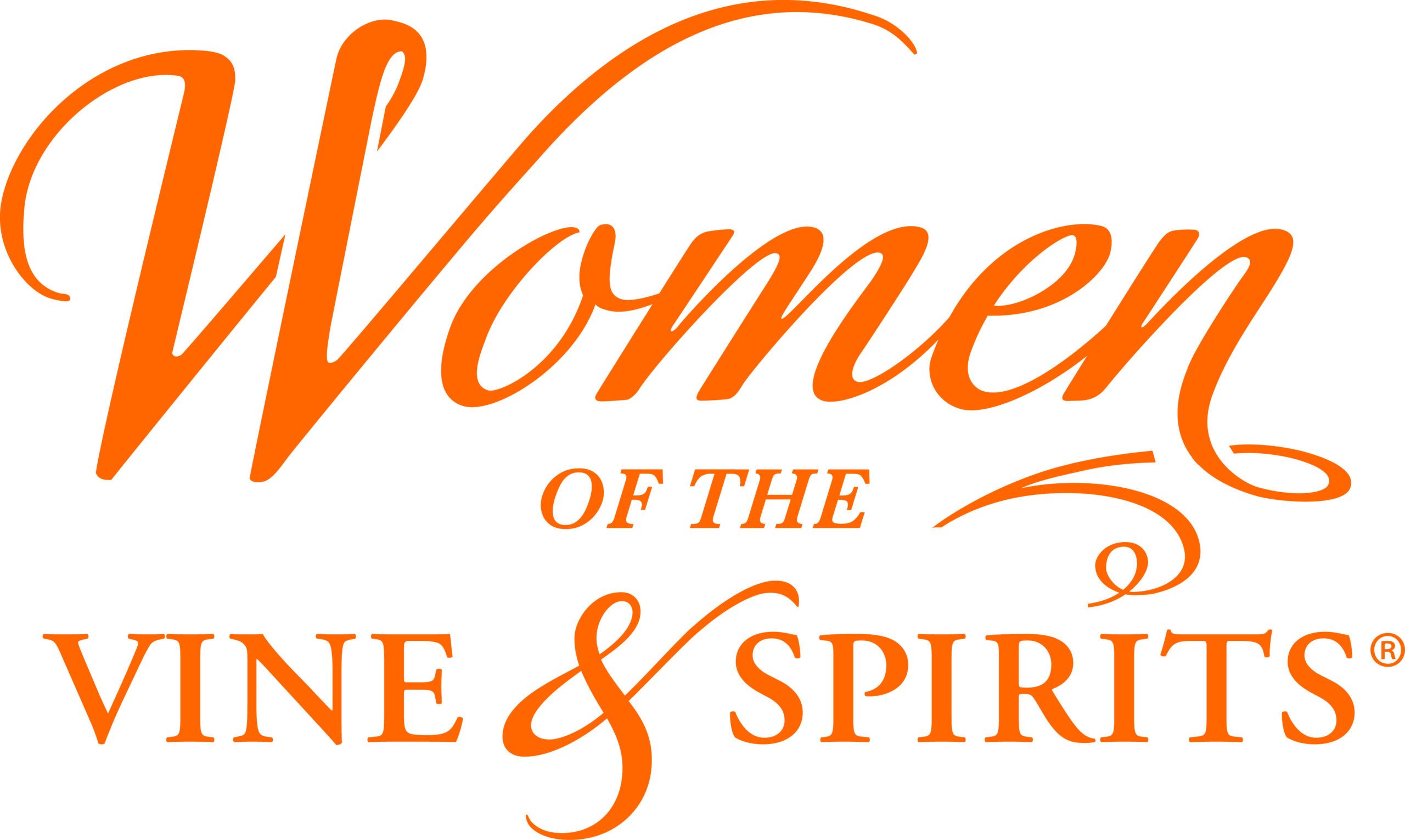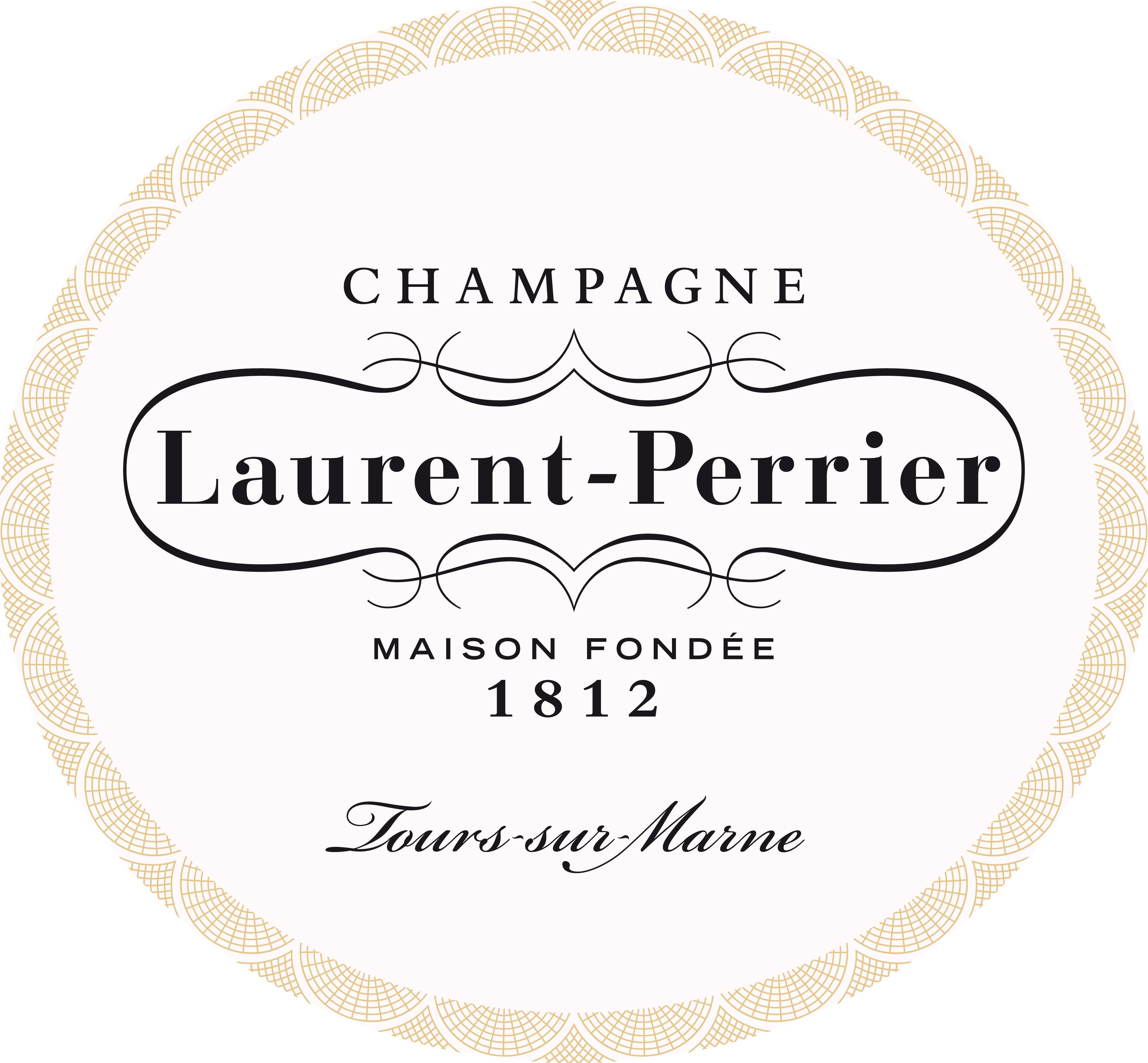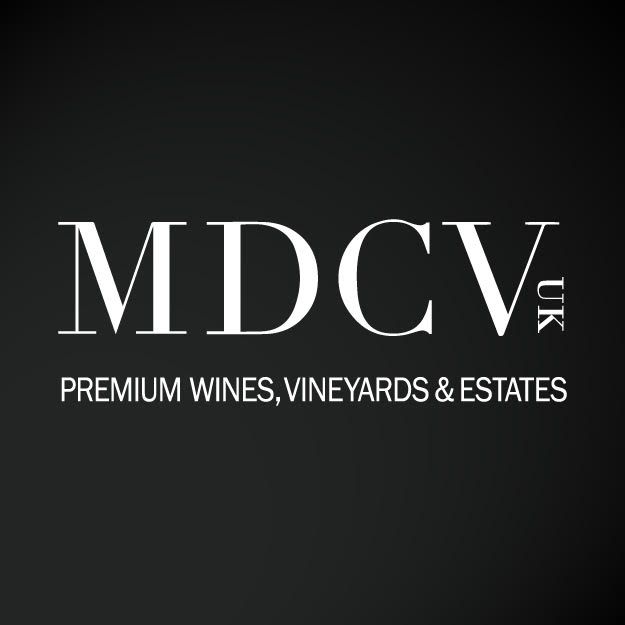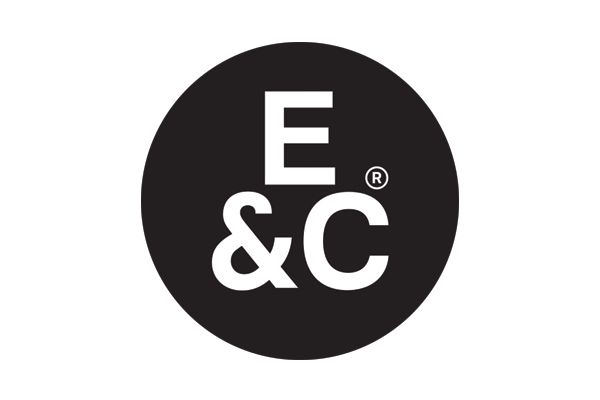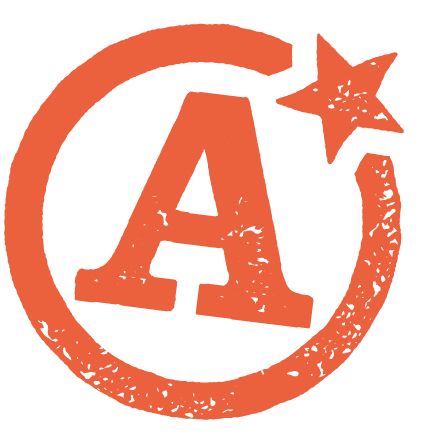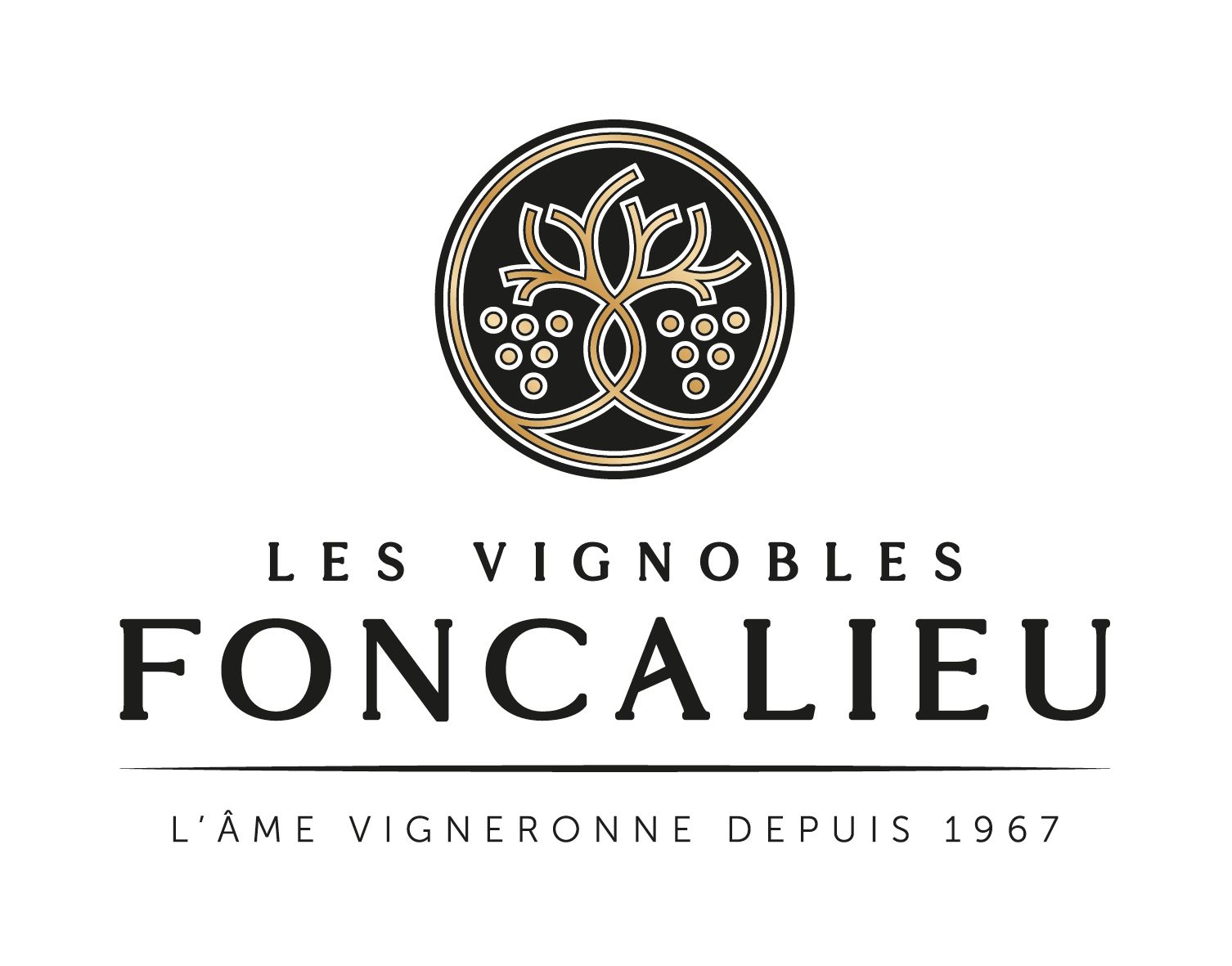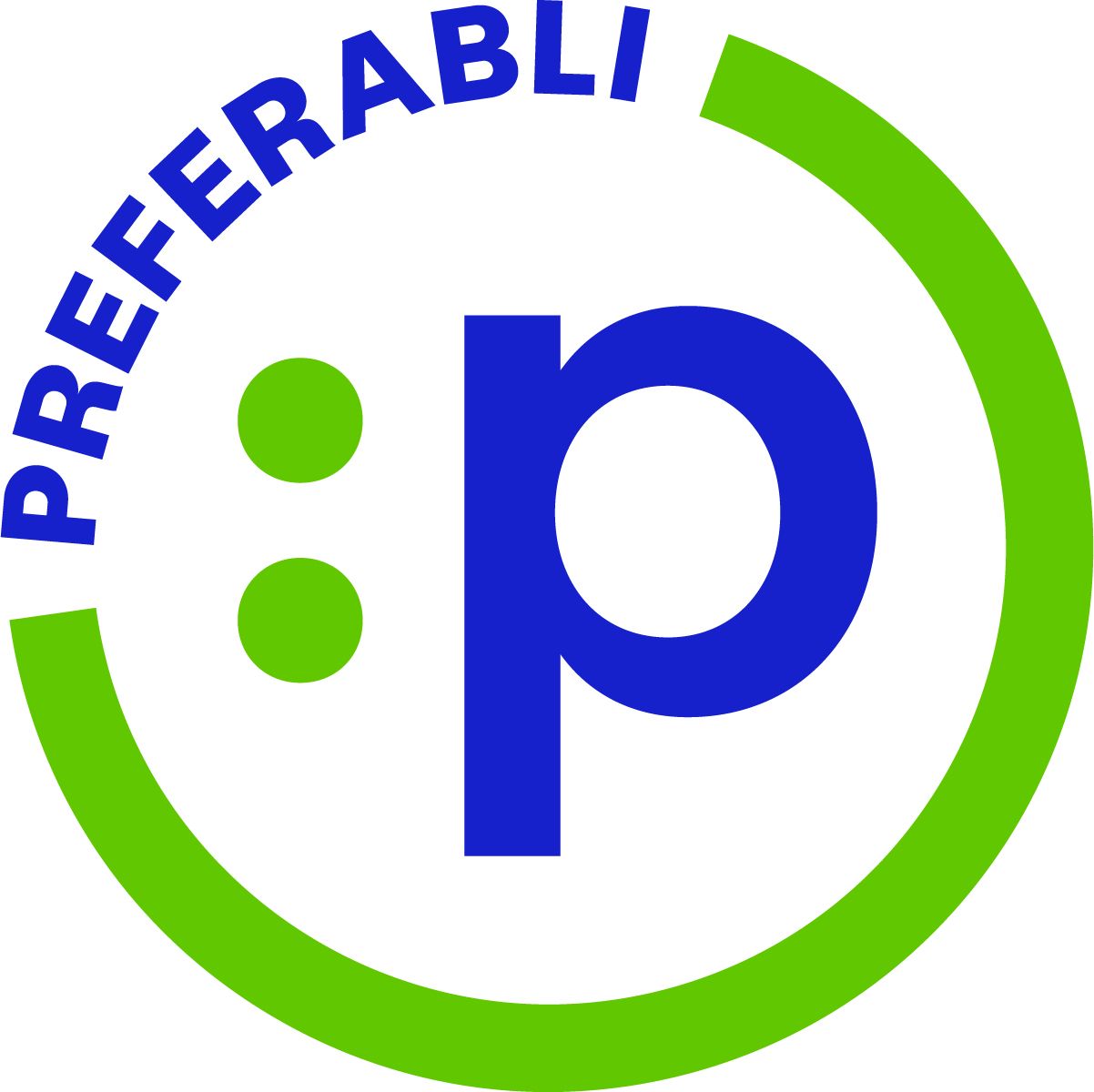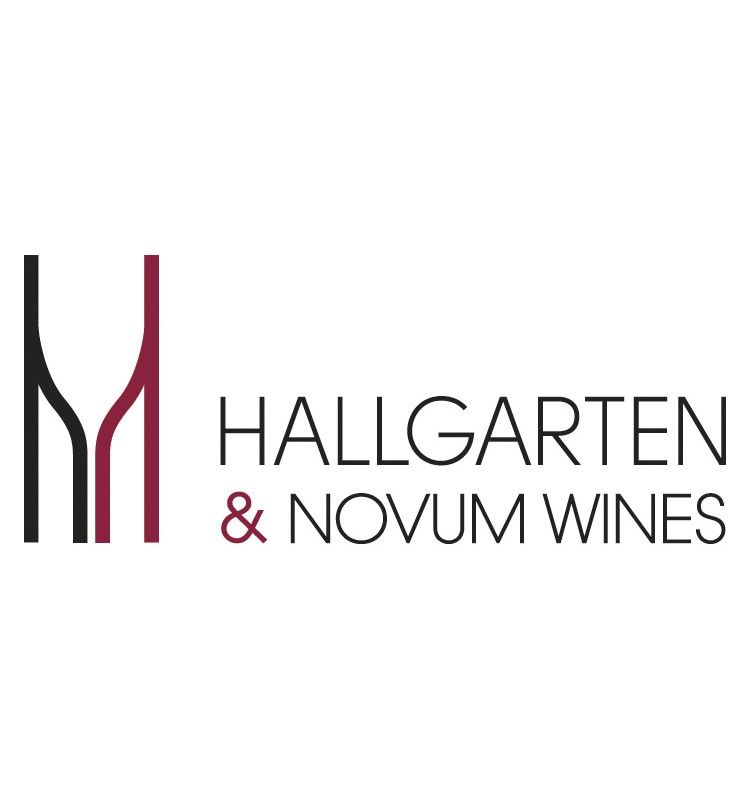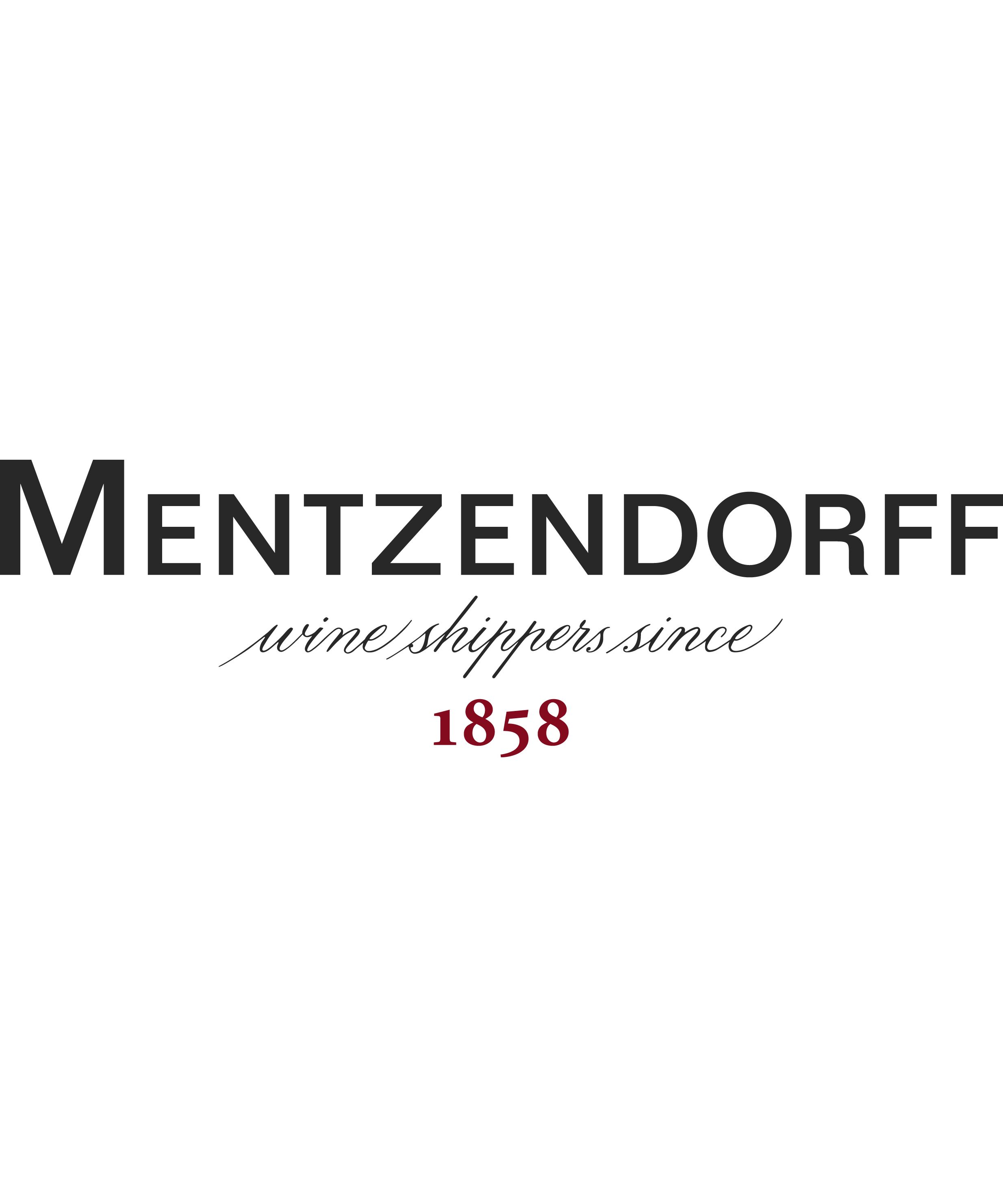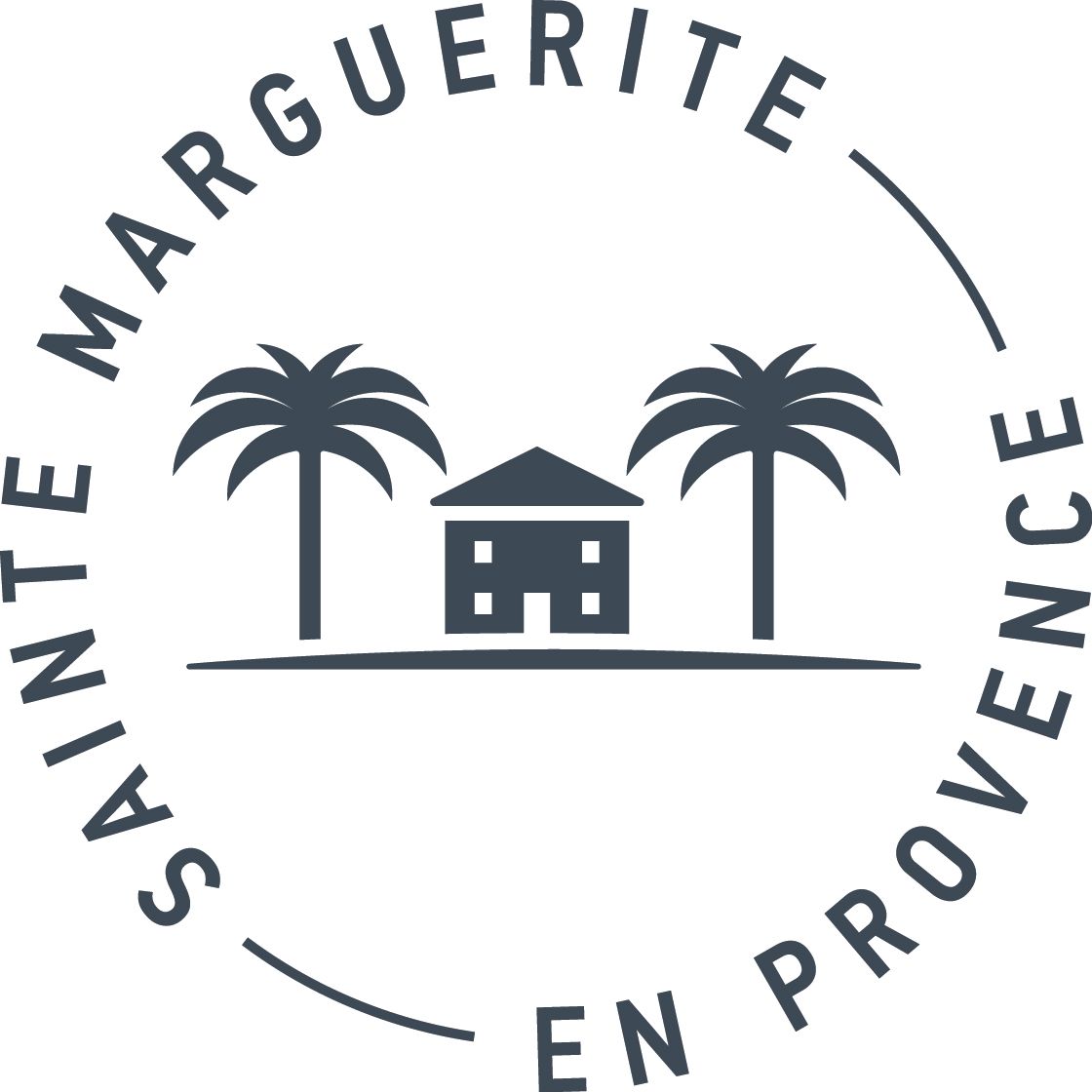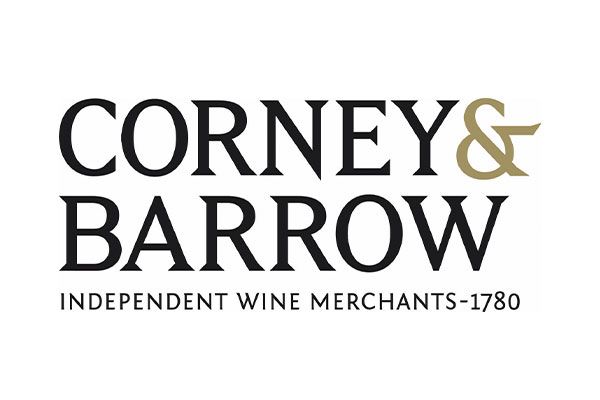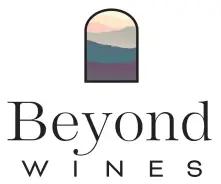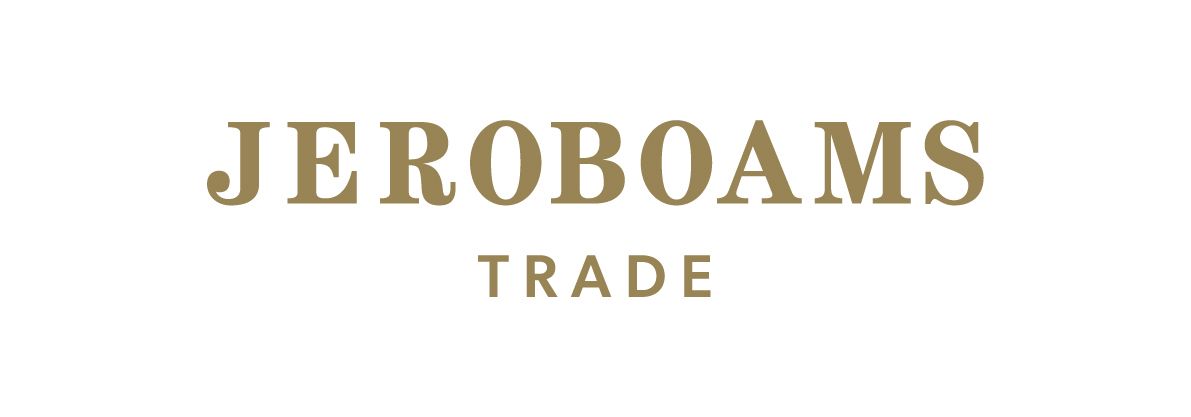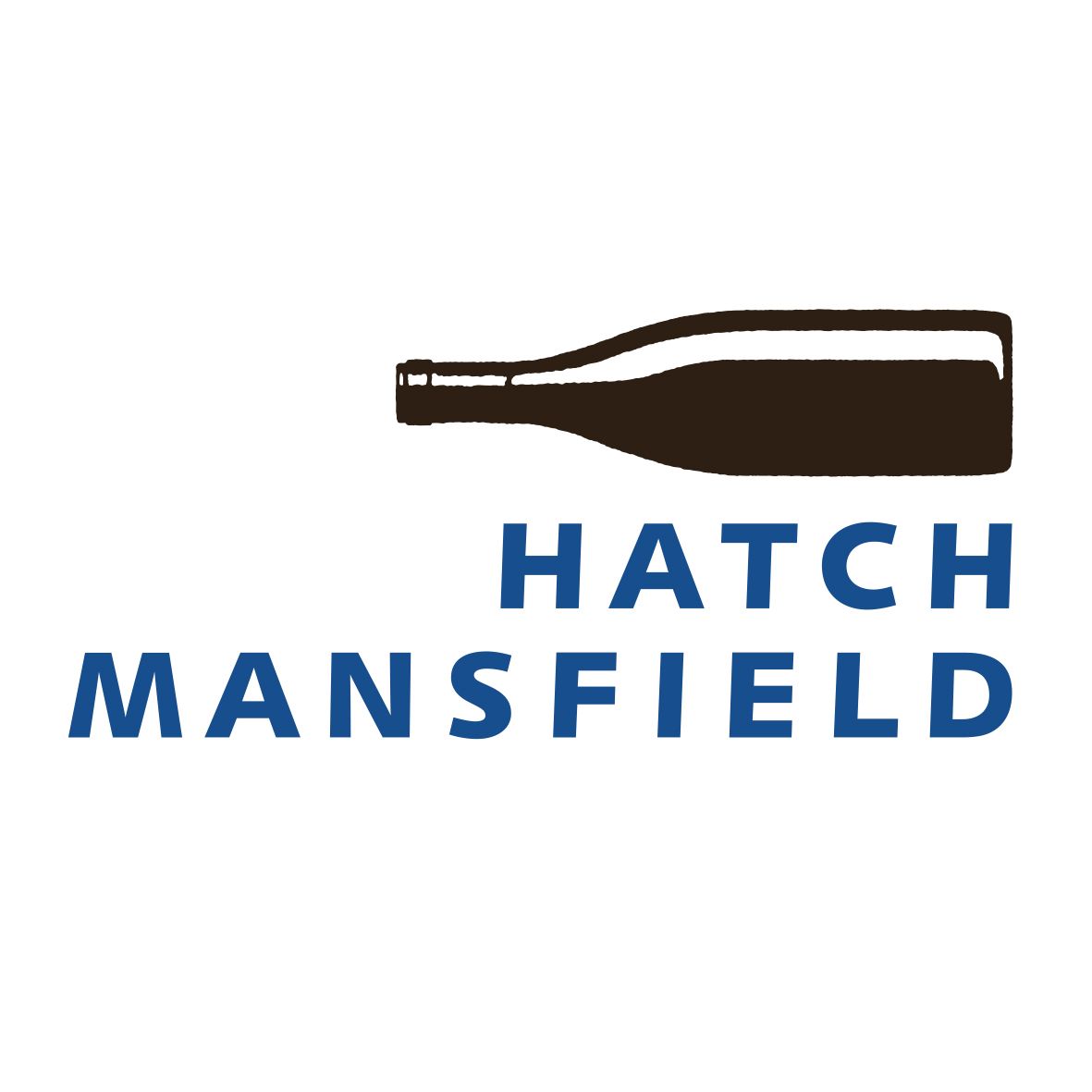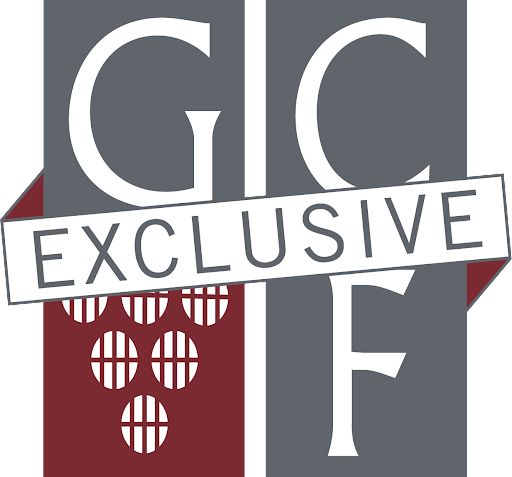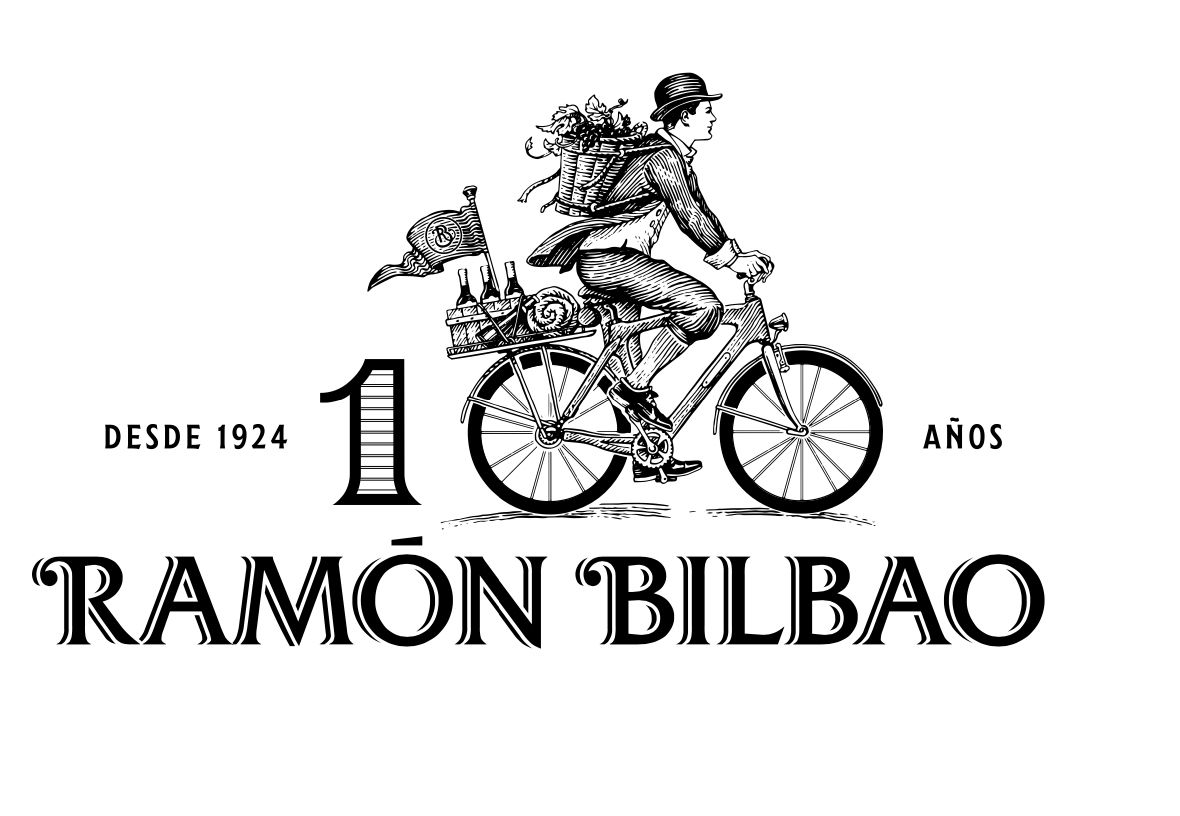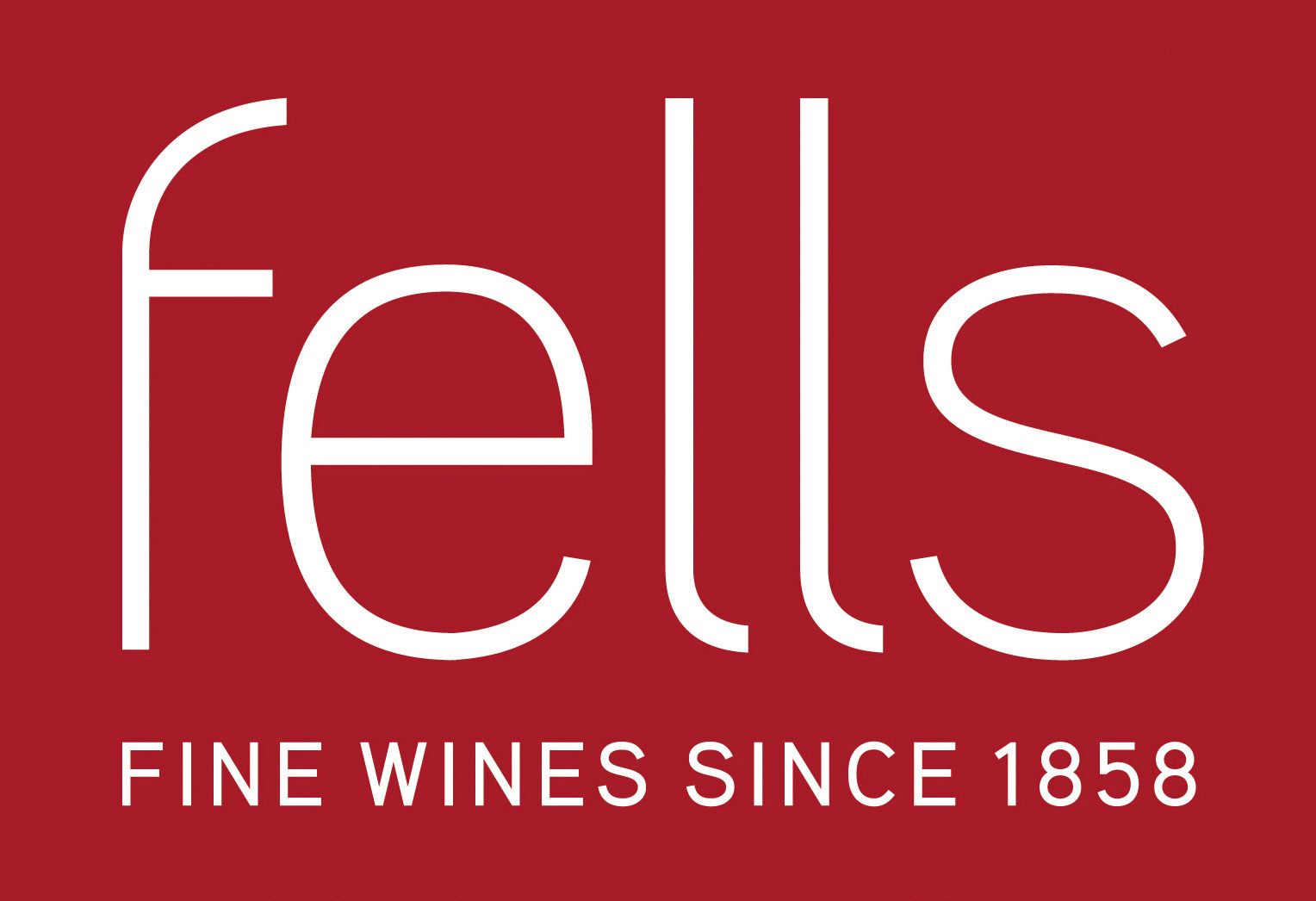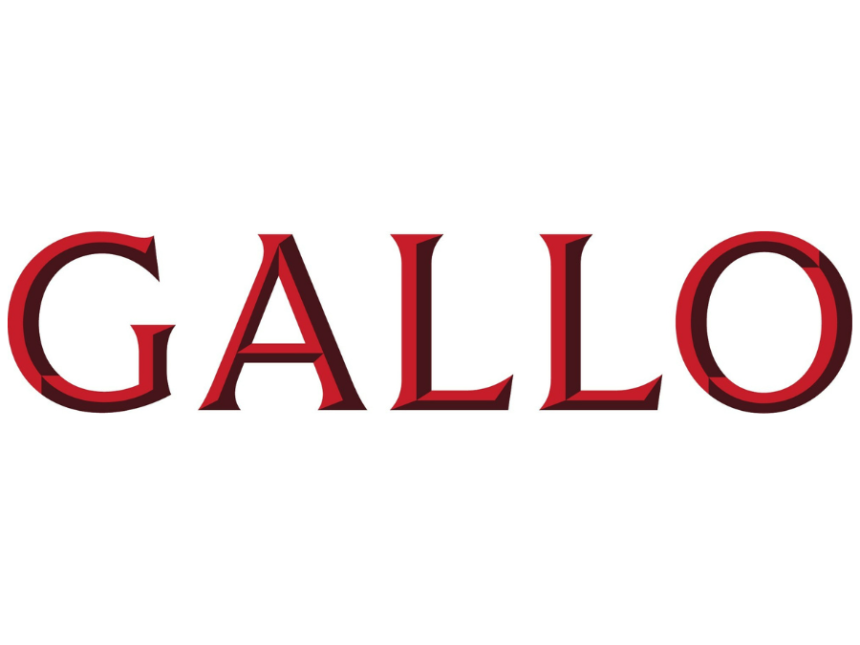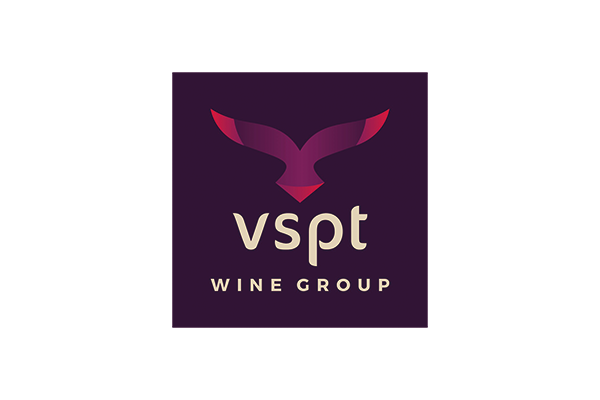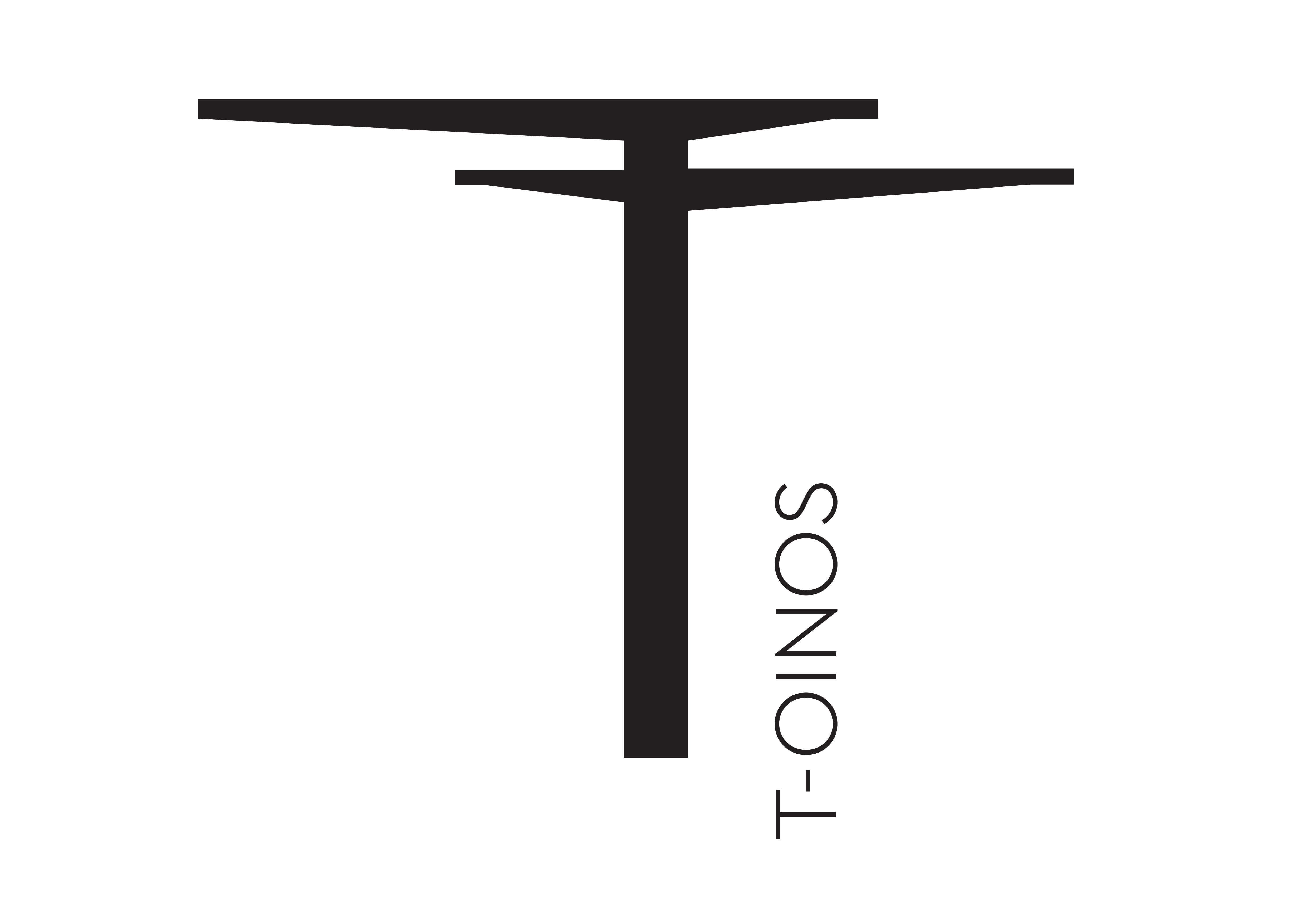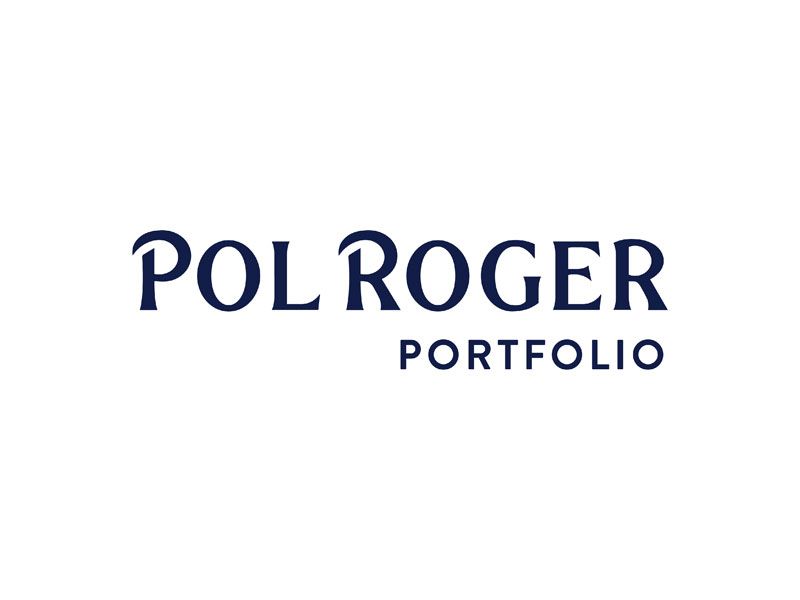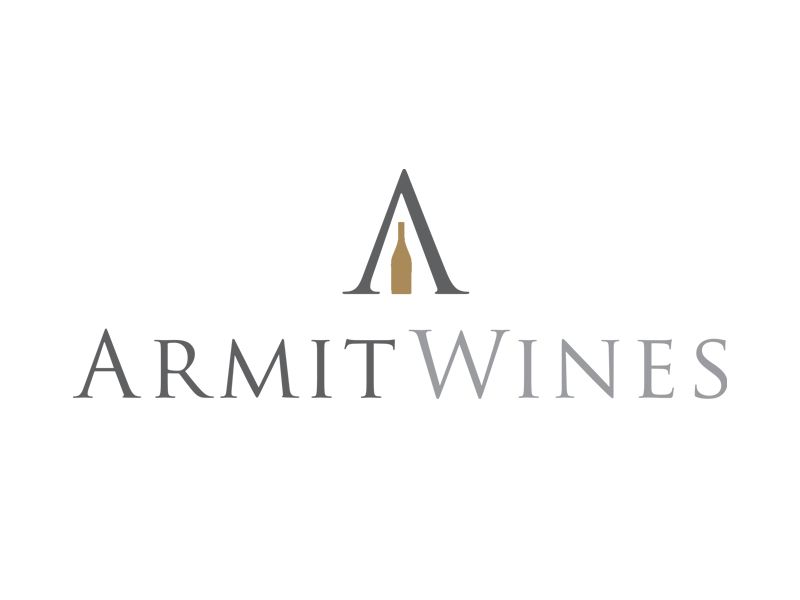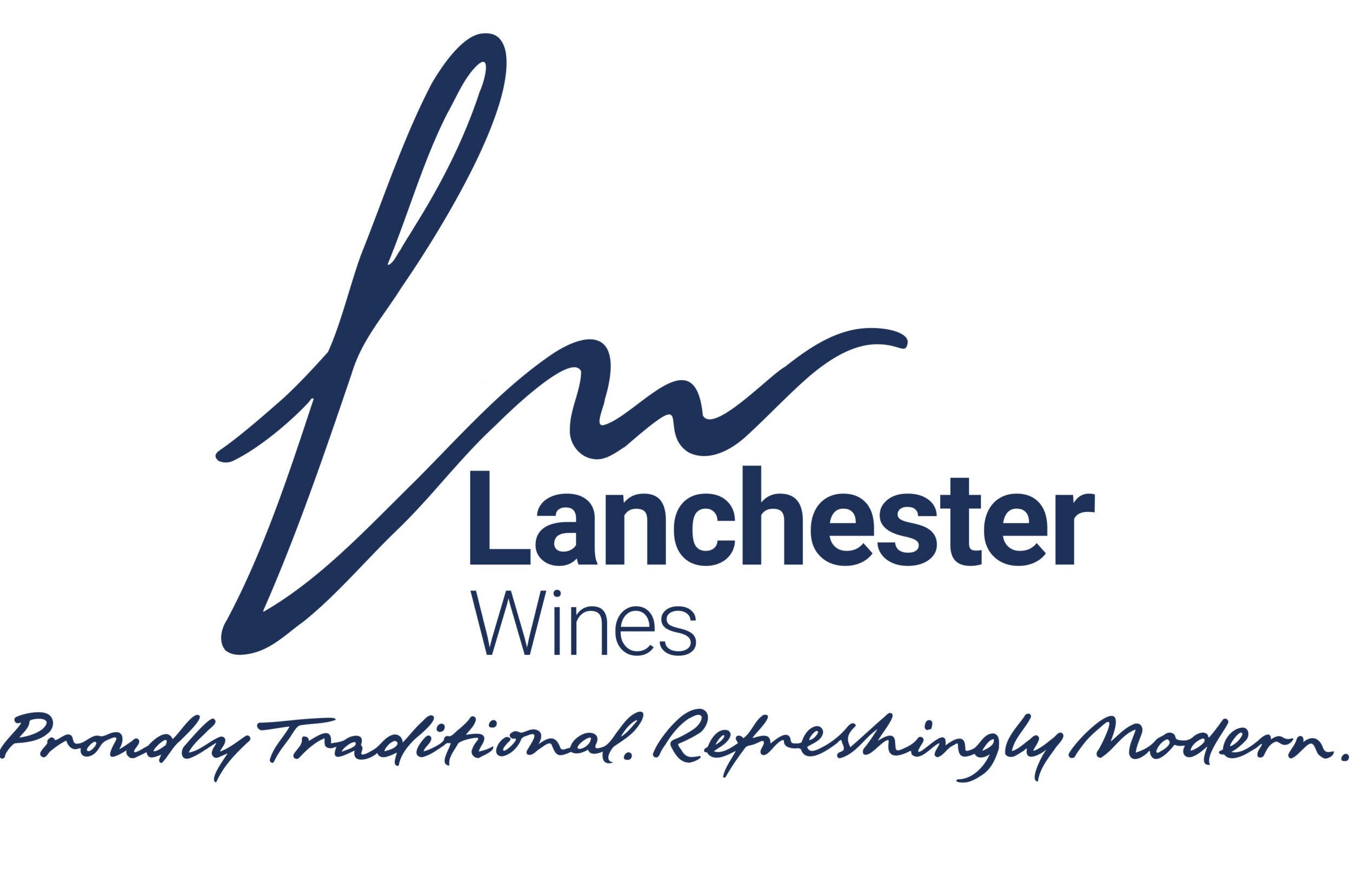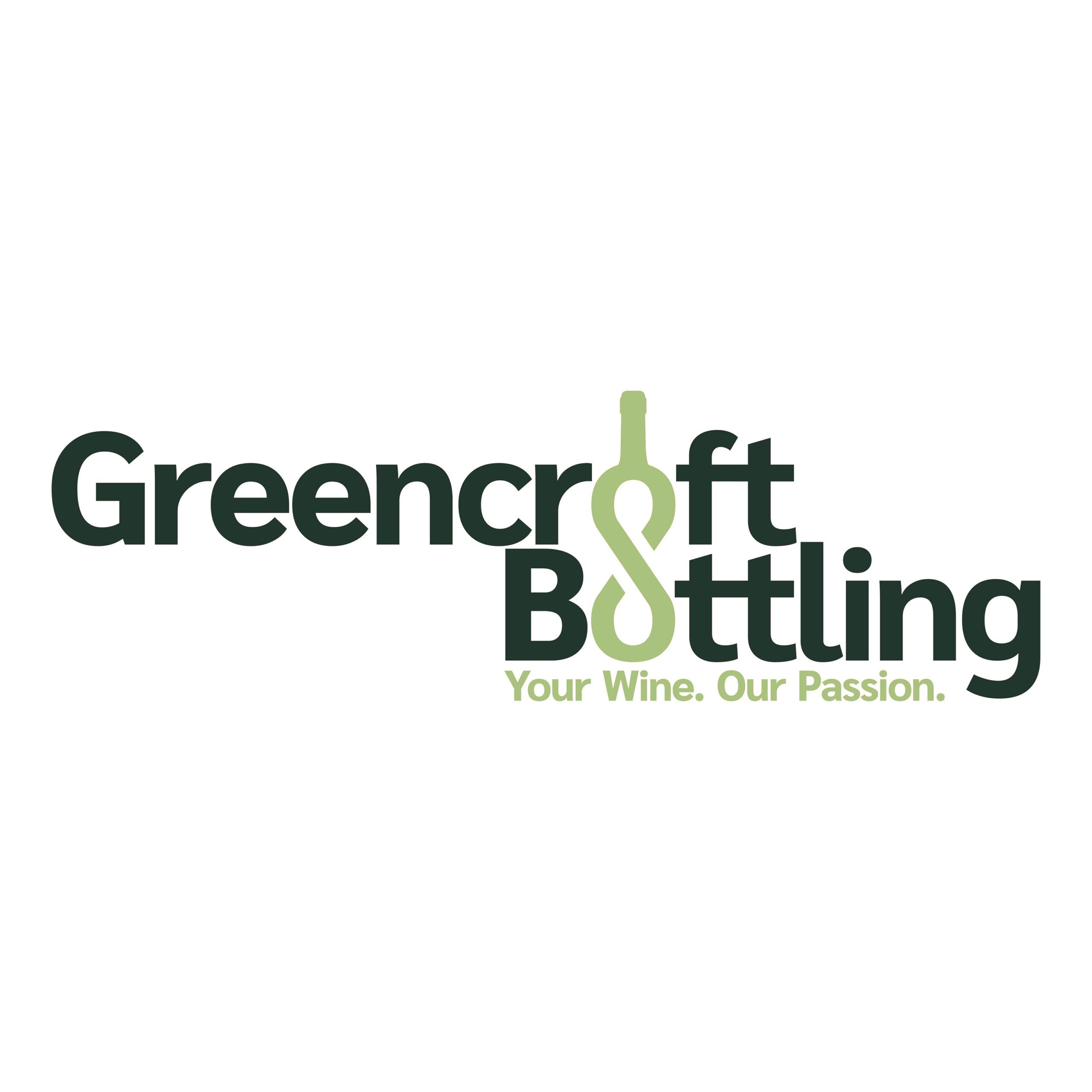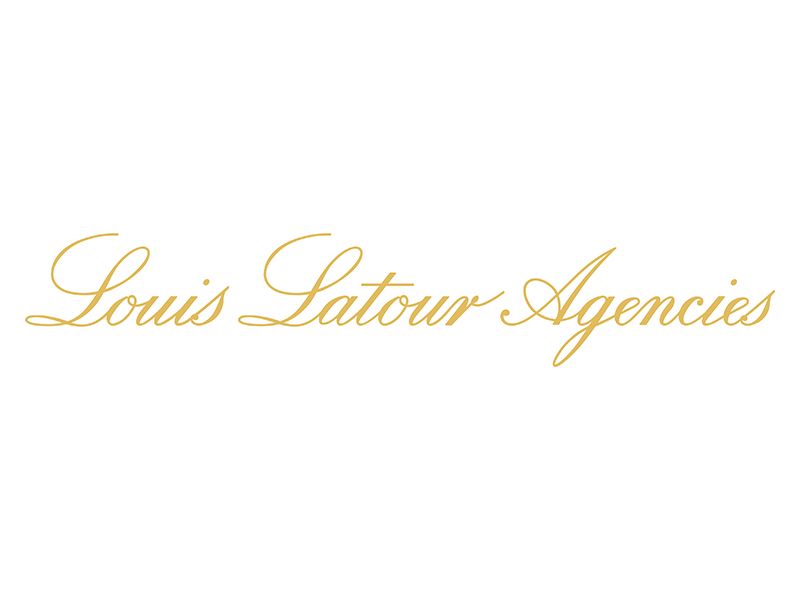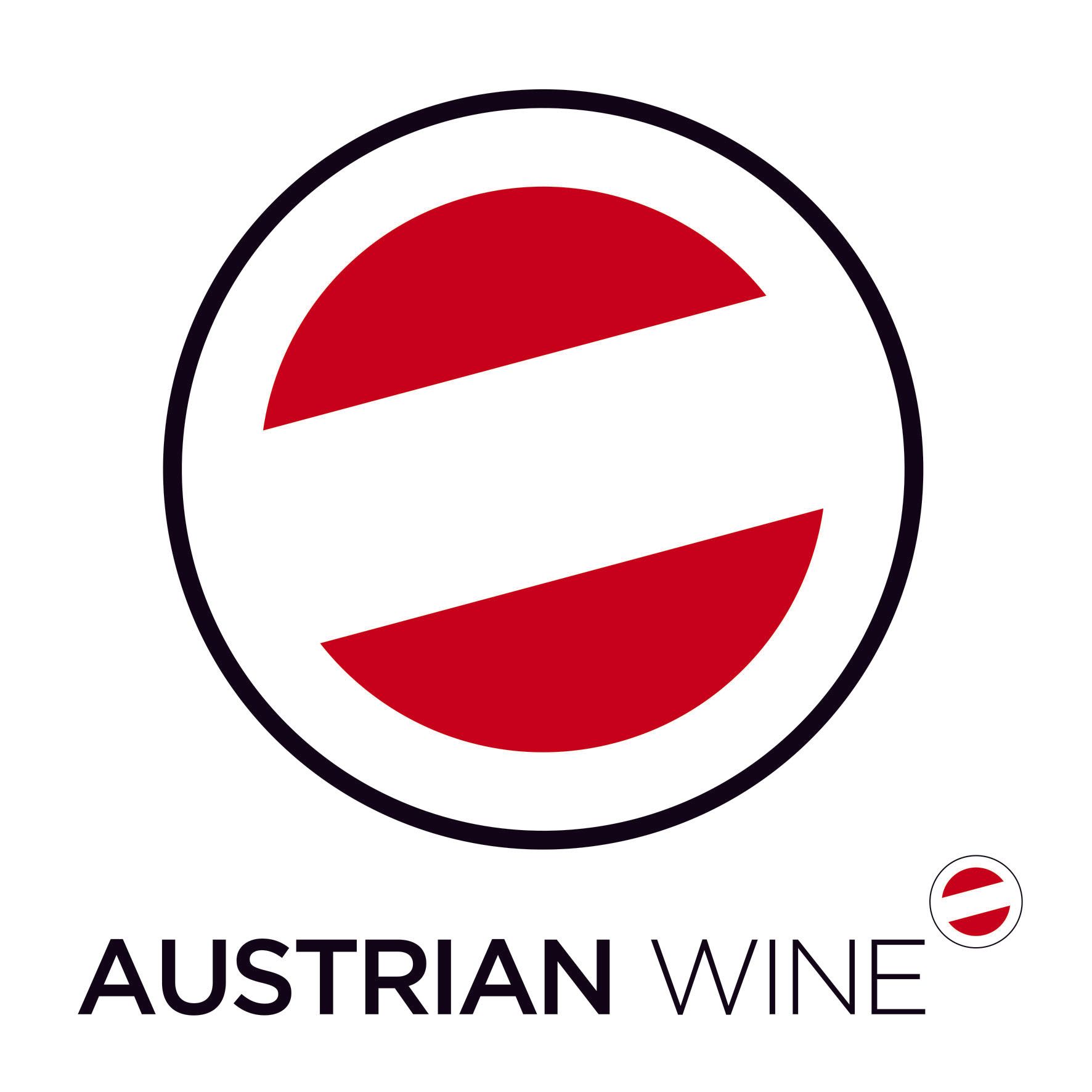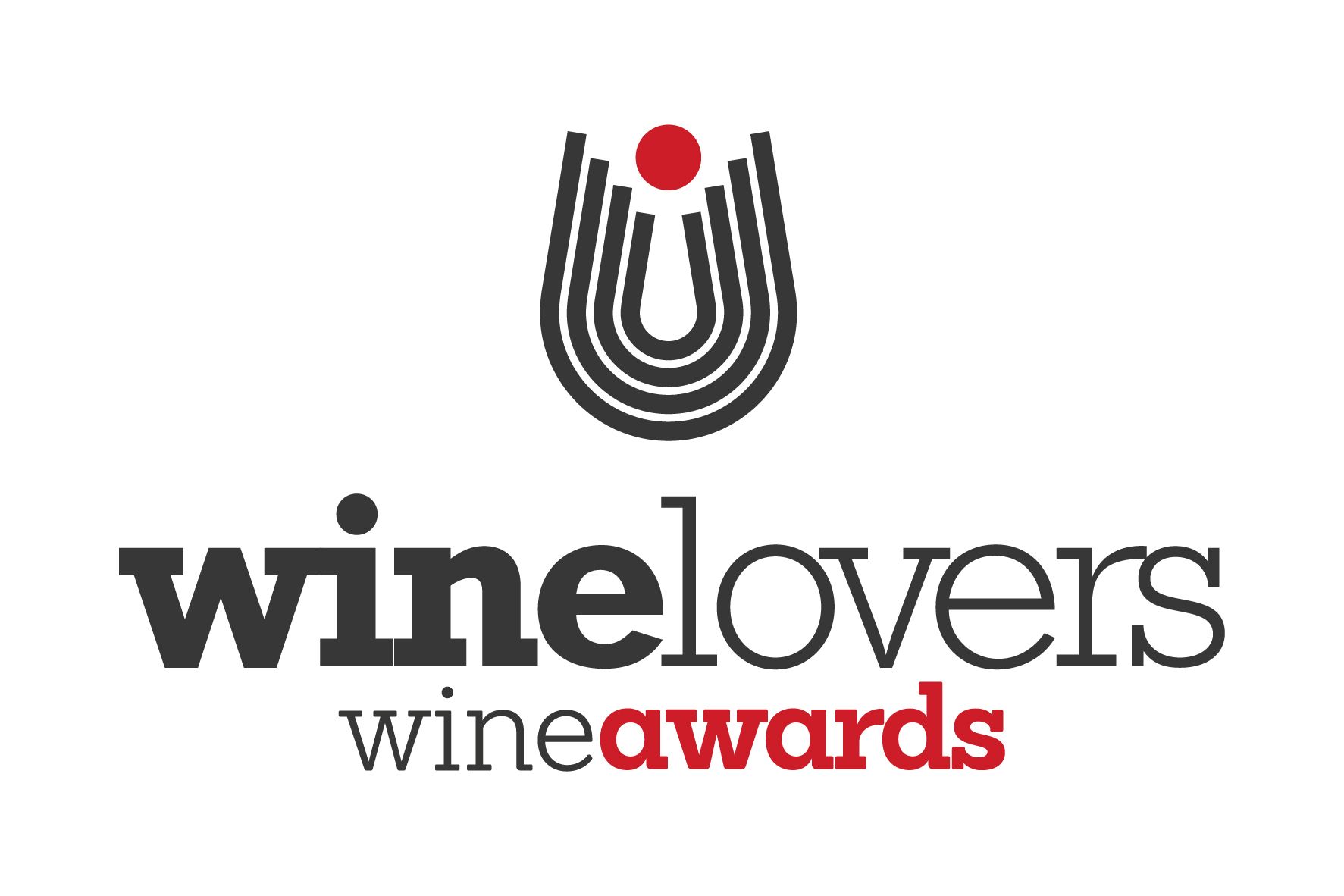We tasted five vintages of Hyde de Villaine’s top Chardonnay, their young vines project, a truly outstanding Bordeaux blend and a Pinot Noir that has only just seen the light of day, 12 years after the winery was established. After all, Aubert de Villaine was very keen that HdV is not seen as ‘DRC West’.
It’s one of those weird twists of fate you couldn’t make up if you tried. Aubert de Villaine, co-owner of Domaine de la Romanée-Conti, working as a would-be journalist in New York City in 1966 interviewing the then-unknown Robert Mondavi about his ambitions in the wine industry.

Aubert de Villaine and wife Pamela
This was when de Villaine was still undecided about following in his father’s footsteps to run, arguably, the world’s greatest wine estate, a time when he had just studied literature in NYC and met his wife-to-be Pamela.

A family affair: Larry Hyde (l) his cousin Pamela de Villaine, Aubert de Villaine
It is this marriage that lies at the heart of Hyde de Villaine (HdV), the Napa-based winery that is a joint venture between the de Villaines and Hyde Vineyards set up by Pamela’s cousin Larry Hyde.
But one thing Aubert de Villaine made very clear from the outset was that HdV was not going to be ‘DRC West’.
Tasting the Pinot Noir Ysabel HdV 2012 over a lunch with HdV’s general manager James Eyer at the offices of the wines’ UK distributor Corney & Barrow, it was interesting to learn that this Pinot was “the first vintage we were allowed to produce” – 12 years after HdV was established.
So how involved is Aubert in the running of HdV? “There is nothing he doesn’t influence,” says Eyer.
This ranges from advising Larry Hyde to buy the 156 acre site at Carneros way back in 1979 when other investors were buying more Cabernet Sauvignon-friendly sites in Napa, to giving the go-ahead to the Ysabel Pinot with fruit grown on a 30 acre site on Sonoma Mountain.
de Villaine’s approval wasn’t given when he tasted the fruit, harvest, tank, barrel or finished wine, it was given when he met the people at Van der Kamp and walked the land. That’s when he instinctively knew that this 1400’ elevation South Eastern-facing site was right for producing a Pinot that would bear his name.

James Eyer, general manager Hyde de Villaine Wines, Corney & Barrow offices, London, May 9, 2018
“You have to understand that Aubert is a deeply conservative man,” continues Eyer, “because of his other project he’s never been interested in making DRC West… oh never use the word ‘brand’ with him, and never, never use the term SKU neither,” he smiles with the grin of a man who has used both terms in the past. Perhaps only the once.
What de Villaine and Larry Hyde have always had as their primary concern with HdV is growing Chardonnay that the Carneros site is well suited to producing.
“This was never your typical vanity project, but I suppose in some respects it is,” says Eyer, “but the point was that they were always doing this for the right reasons – making wine that speaks of the place… not Châteaux Cash Flow.”

Before lunch we taste the HdV Chardonnay Hyde de Villaine 2011-2015 vintages. Over lunch we try the young vine project De La Guerra Chardonnay Hyde de Villaine 2014 and two reds, the aforementioned Pinot and Belle Cousine Hyde de Villaine 2009, that is a Bordeaux blend homage to Pamela.
What is clear is the quality of the fruit and the way that the wines express the Carneros terroir.

Nineteen of Hyde’s 156 acres are used for HdV wines with the winery given first right of refusal of the best vineyard sites when it launched in 2000. The rest of the vineyards grow fruit for a who’s who of top Napa wineries including Kistler, Patz & Hall, Ramey, DuMOL and Schramsberg to name just a few of the 40 clients they have with 35-40 more on the waiting list.
The expressiveness of the wines is down to the terroir and the skill of the five-strong Franco-American winemaking team with Aubert de Villaine overseeing as Director of Winemaking.
Eyer refers to the winemaking approach as a result of “a Burgundian philosophy… or California with restraint and discipline.” The end result are wines that are not made to a cookie-cutter style but vary vintage by vintage, and are characterised by a fresh, focused minerality.
All of the Chardonnays are non-filtered, non-fined and spend 11 months on the lees in 15-20% new, medium toast French barrels followed by 4 months in stainless steel. The fruit is picked at the beginning of September, two to three weeks earlier than most Napa growers, with the vines then allowed to rest dormant for 20 weeks afterwards, to allow them to recover.

HdV is unusual in many respects – for a start how many wineries boast their first vintage (2000) the same year of their inception? Overall, though, is the fact that HdV has an almost start-up feel, weird given the enormity of the scope and influence of both families. There are just three full-time people running the company.
Of the 50,000 bottles it produces each year, little is kept back with virtually no ‘library wines’ inherited when Eyer joined the company “I only have 18 bottles of the 2011 left,” Eyer says.
Unusually for California too only 20% is sold through wine club allocation with 60% sold at cellar door and 20% exported to 19 countries with Germany, Japan and the UK top of the list. And how much wends its weary way to France we wonder? 0%. You can almost hear the great man saying “non!” on that one.
So which were the pick of the wines?
Before lunch we tasted HdV Chardonnay Hyde de Villaine 2011-2015.

I had them in this order in terms of my preference: 2014, 2011, 2013, 2012, 2015. Why?
The 2014 had greater complexity and more layers to the fruit core in the mid-palate. The nose was pretty floral, fruit and honey, while on the palate the fruit was ‘pixilated’ – lovely bursts of Braeburn apple, tarte citron, leading to a long, slightly dry, textured finish. Nice backbone of acidity and minerality, freshness and focus to the wine – all hallmarks of HdV Chardonnay.
The 2011 was the odd one in the pack in that it comes from a very wet vintage, the others from the ‘drought years’. This wine tasted more like you would think Californian Chardonnay to taste like: rich, slightly buttery nose, a lean middle and then a very buttery finish. The acidity was fresh, nicely integrated, the fruit core – more pear, confit lemon – was sweeter and richer than the 2014 but delicious. There was a lot of minerality on the front palate and the length went on for ever. James Eyer says that this is the sort of age that they like to drink these wines at.

The 2013 was delicious wine somewhere inbetween 2011 and 2014. The 2012 was less evolved, leaner, lighter, livelier with orange fruit and a touch of pink grapefruit.
The 2015 new release was young, greener with a touch of vegetal notes – fennel perhaps. The acidity was really zippy in the mouth, much more tart with a clipped finish. Bodes well.

We drank the 2012 with a Suffolk Brie called Baron Bigod and it found a better balance with this cheese than tasted solo.
Also, over lunch we drank De La Guerra Chardonnay Hyde de Villaine 2014 which is from younger vines, has no new oak (5-6 times refills) and 20% aged in concrete eggs which really worked with the younger vines – giving a grainy texture and salinity to the wine that worked perfectly with the food – Fillet of Dover Sole with seaweed butter and samphire. Lovely acidity.
The Pinot Noir Ysabel Hyde de Villaine 2012 reminded me of a Williams Selyem Russian River Pinot – but with a little more weight and concentration. There was a delicious sweet liquorice element to the fruit, a light, fresh nose, great texture and all in all a nice marriage between New and Old World.
We ate duck breast and confit on a light spring medley of Alsace bacon, braised peas and gem lettuce with the Pinot as well as the second red of the day, what turned out to be possibly the highlight of the tasting.
Yes, the biggest surprise was Belle Cousine Hyde de Villaine 2009 a Bordeaux blend of Merlot (60%) and Cabernet Sauvignon (40%). The nose was rich with sweet tobacco, plums, slight incense, violets and on the rounded, easy going palate was lovely fresh black and red fruit, touch of soy, with a well measured weight and texture. The wine clocks in fully loaded RRP-wise for about £50 which you would pay at least 50% more for on the Right Bank. Wonderful wine.


